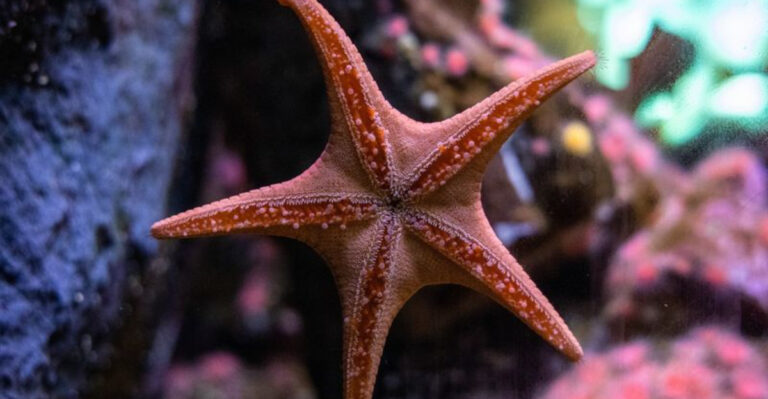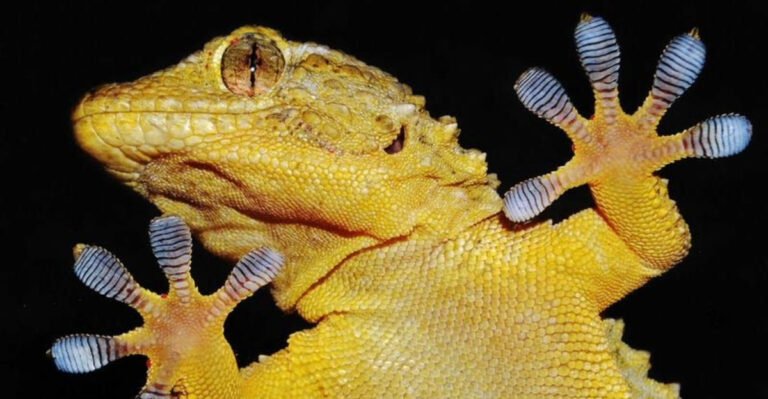16 Native Fish Species That Are Winning The Battle Against Invasive Ones
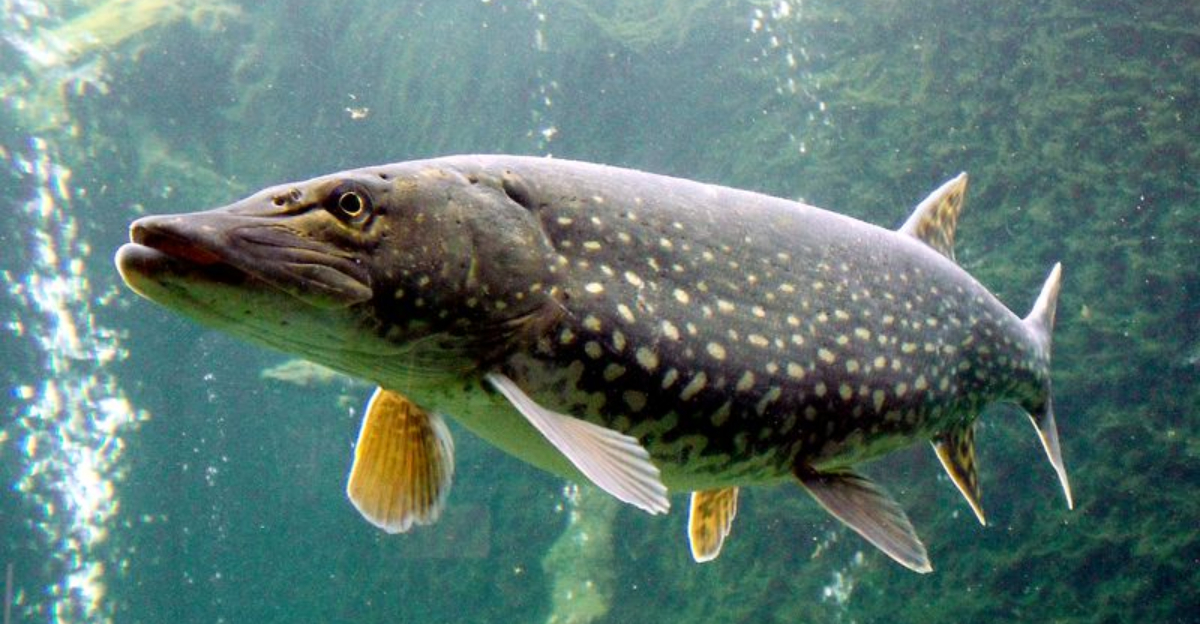
Our waterways face a silent crisis as invasive fish species threaten to overwhelm native populations across the globe. Yet amid this aquatic struggle, some homegrown heroes are fighting back with remarkable success.
These native fish species have developed fascinating adaptations and strategies that allow them to hold their ground against foreign invaders, showing us that nature has its own ways of maintaining balance.
1. Smallmouth Bass: America’s Tenacious Defender
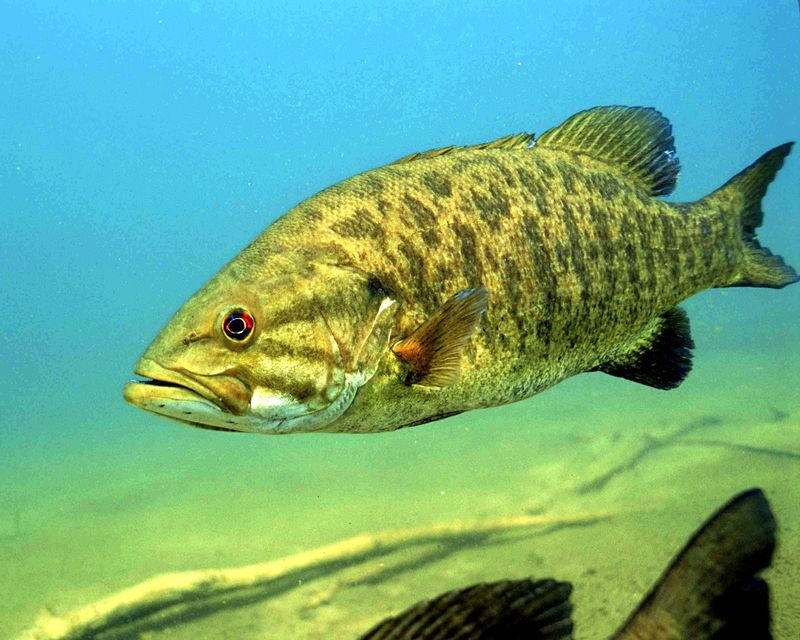
Smallmouth bass have become unexpected allies in the fight against invasive round gobies in the Great Lakes. These bronze battlers aggressively feed on young gobies, keeping their populations in check.
Scientists have observed smallmouth bass altering their feeding patterns specifically to target the abundant goby buffet. Their adaptability demonstrates how native species can sometimes turn invasive threats into beneficial food sources.
2. Alligator Gar: Ancient Predator Making A Comeback
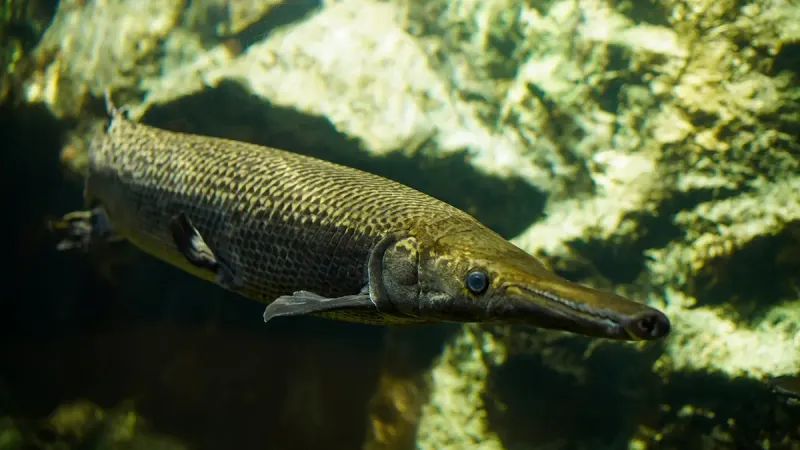
Sporting armor-like scales and fearsome teeth, the prehistoric-looking alligator gar is nature’s answer to Asian carp invasions. Once considered a nuisance, these gentle giants are now recognized as valuable biological controls.
Growing up to 10 feet long, they’re one of few native predators capable of consuming adult Asian carp. Conservation efforts have helped restore gar populations in Mississippi River basins, creating natural resistance against invasive species.
3. Rainbow Darter: Colorful Competitor Of Creek Beds
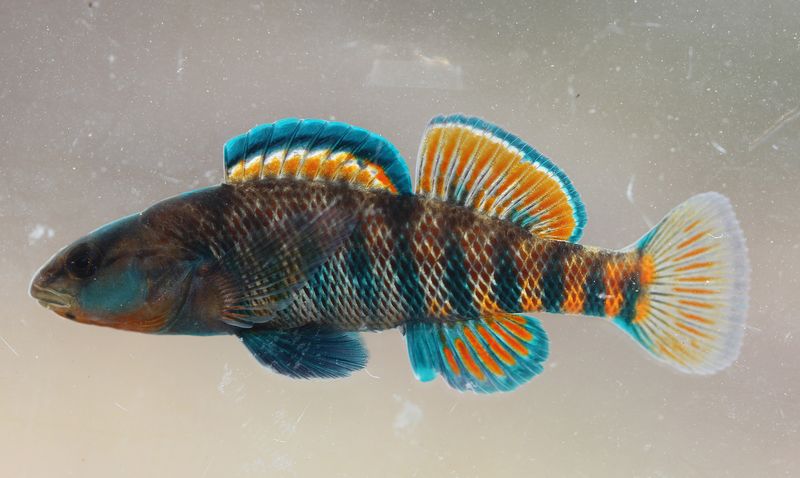
Rainbow darters flash brilliant colors across North American streams while outcompeting invasive species through specialized feeding techniques. These small but mighty natives can extract insects from tight spaces between rocks where many invasives can’t reach.
Their remarkable adaptation to fast-flowing water gives them an edge over slower invasive species. Darters dart between currents with precision, accessing food sources that remain untouchable to their foreign competitors.
4. Lake Trout: Canada’s Comeback Kid
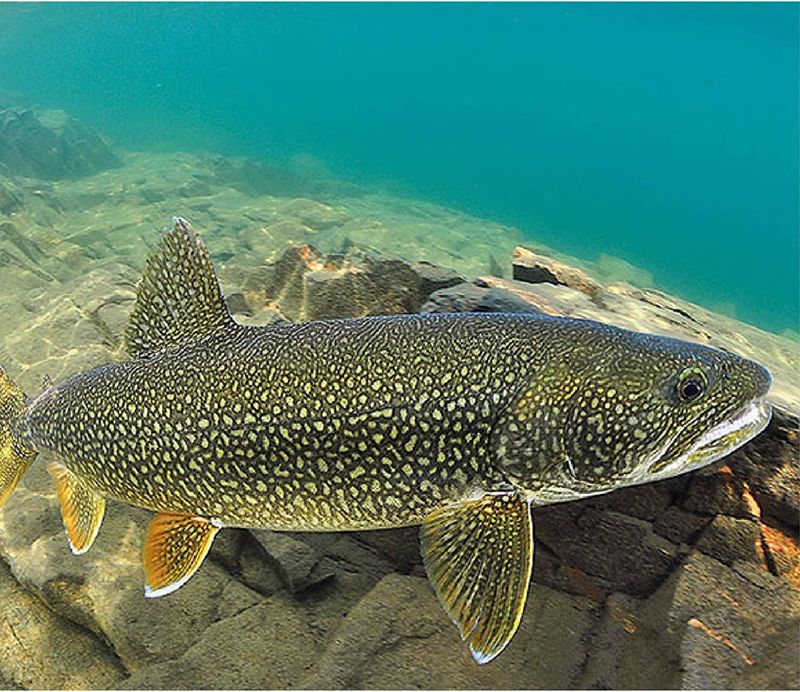
After nearly disappearing from the Great Lakes due to sea lamprey invasions, lake trout have staged an impressive recovery. Their resilience stems from deep-water spawning grounds that remain relatively untouched by many invasive species.
Fishery managers discovered that stocking certain genetic strains of lake trout resulted in populations with natural resistance to lamprey attacks. This genetic advantage, combined with lamprey control programs, has helped these native predators reclaim their rightful place at the top of the food chain.
5. Sacramento Pikeminnow: California’s Vigilant Protector
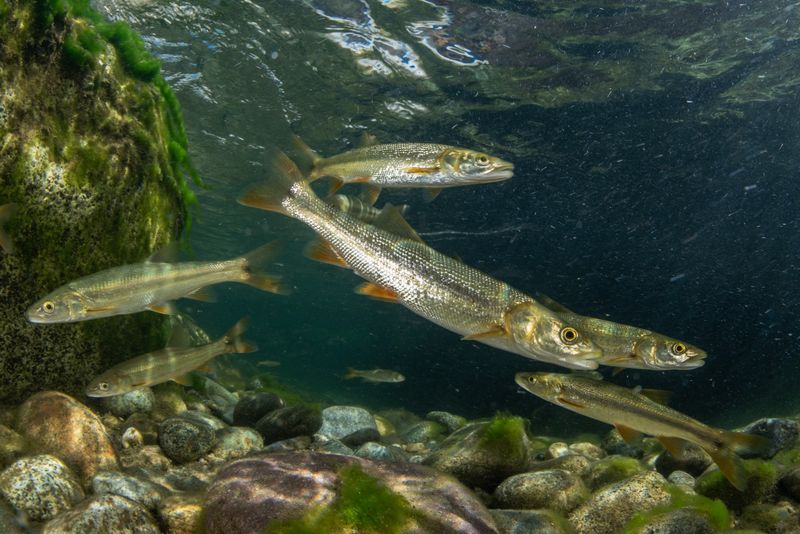
Often misunderstood, the Sacramento pikeminnow plays a crucial role in California’s waterways by keeping smaller invasive species under control. These sleek predators have evolved alongside salmon and steelhead for millennia, maintaining a natural balance.
Their specialized hunting techniques allow them to target invasive minnows while generally avoiding native salmon fry. Research shows pikeminnow populations naturally adjust to prey availability, making them excellent self-regulating biological controls against certain invasive fish.
6. Bowfin: The Living Fossil Fighting Back
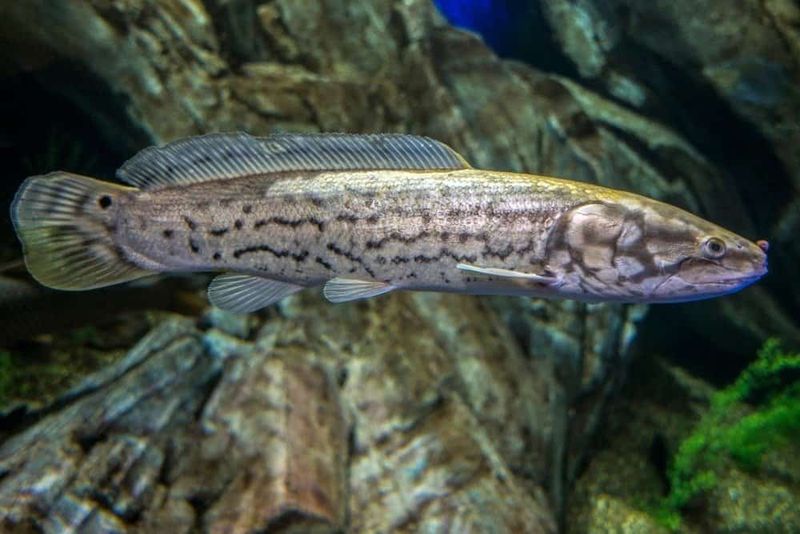
Bowfin have survived relatively unchanged for 150 million years, and now they’re putting their ancient adaptations to work against modern invaders. Their ability to breathe air allows them to thrive in oxygen-poor environments where many invasive species struggle.
Remarkably adaptable predators, bowfin consume both northern snakeheads and young Asian carp. Their primitive air bladder functions as a lung, letting them survive in stagnant backwaters that would suffocate many invasive fish species.
7. Flathead Catfish: Southern Heavyweight Champion
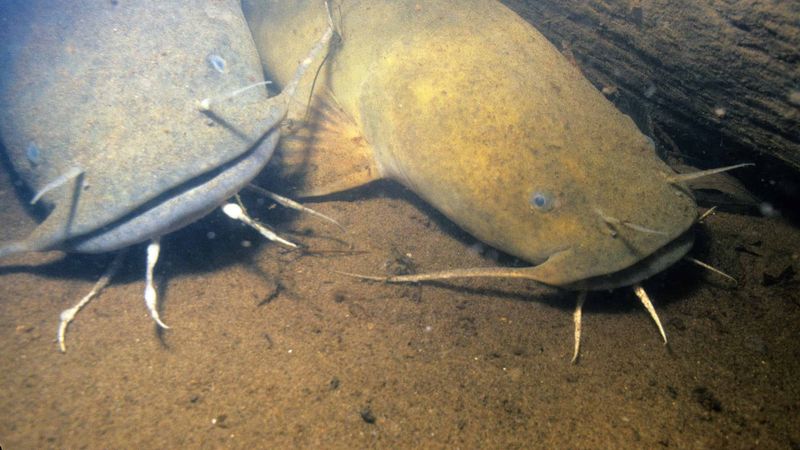
Flathead catfish bring brute force to the fight against invasives in southern waterways. These massive predators, reaching over 100 pounds, consume practically anything they can fit in their cavernous mouths—including problematic invasive species.
Unlike introduced blue catfish that sometimes become invasive themselves, flatheads are native to many southern river systems. Their voracious appetite for live prey makes them particularly effective at controlling populations of smaller invasive fish that other predators might ignore.
8. Green Sunfish: Small But Mighty Defender
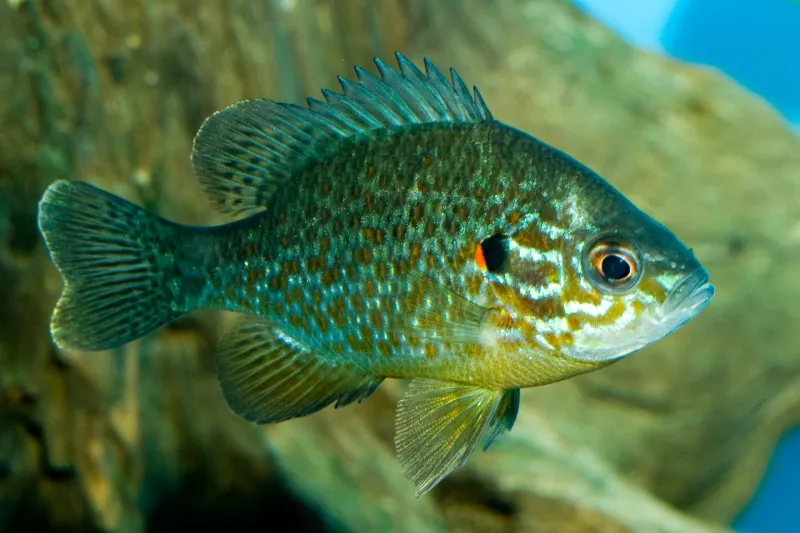
Green sunfish may be modest in size, but they pack a powerful punch against certain invasive species. Their aggressive temperament and territorial nature help them outcompete non-native fish for prime spawning areas.
These adaptable natives thrive in conditions that would stress many other species. Their remarkable tolerance for poor water quality and temperature fluctuations allows them to persist in disturbed habitats where invasives might otherwise dominate, effectively serving as ecological placeholders until conditions improve.
9. Longnose Gar: Armored Guardian Of Eastern Rivers
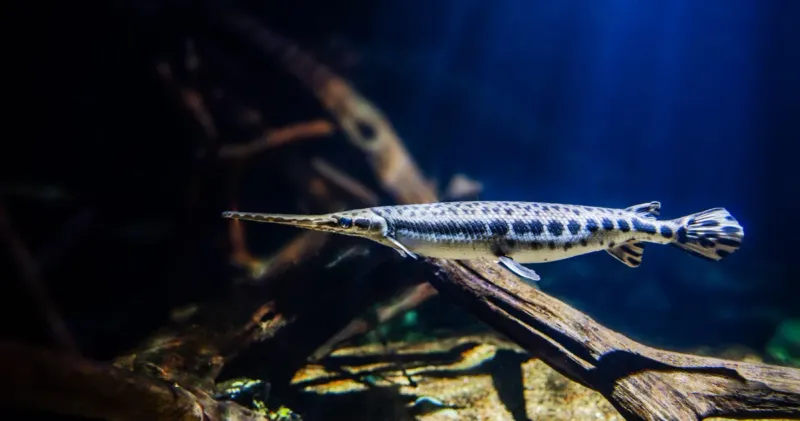
With prehistoric looks and needle-like teeth, longnose gar patrol eastern waterways as living dinosaurs with a modern mission. Their armored scales provide protection that few other fish possess, allowing them to hunt invasive species without fear.
Amazingly adapted air-breathers, gar can survive in warm, stagnant waters where invasive carp often thrive but other native predators cannot. Their specialized hunting strategy—remaining motionless before lightning-fast strikes—makes them particularly effective at ambushing schooling invasive fish.
10. American Eel: The Mysterious Migration Master
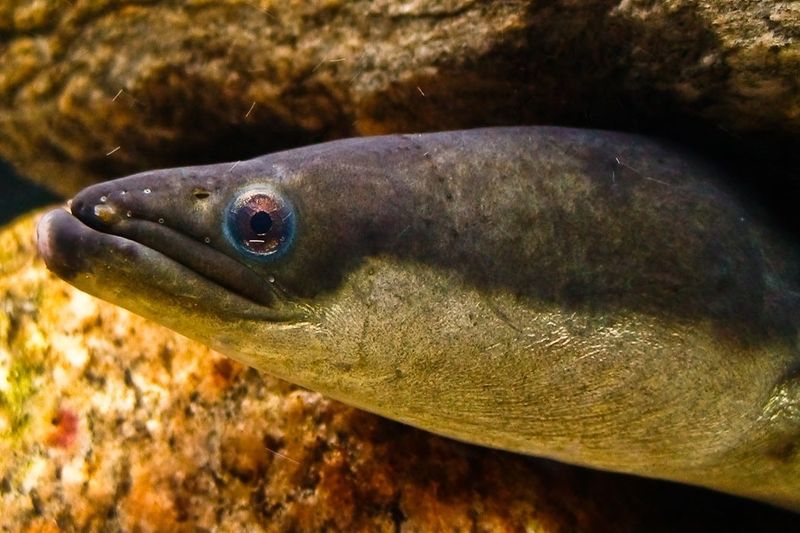
American eels possess a secret weapon against invasives—an incredible life cycle that spans both freshwater and saltwater environments. These slippery natives outcompete invasive species through their unmatched ability to access remote upstream habitats.
Remarkably adaptable, eels squeeze through tiny spaces and even travel short distances over damp ground. Their nocturnal hunting habits and ability to extract prey from crevices allow them to utilize food sources that remain inaccessible to many invasive fish, giving them a competitive edge in Atlantic coastal streams.
11. Northern Pike: Freshwater Wolf In Disguise
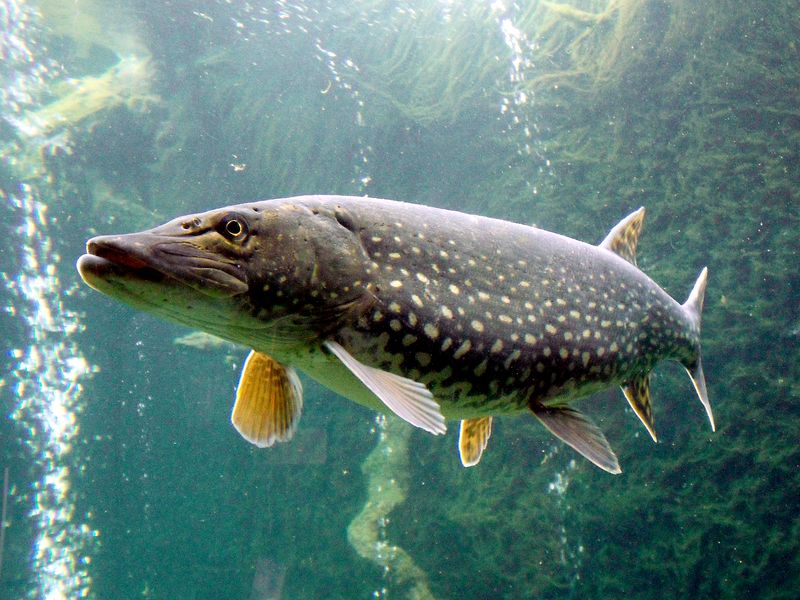
Northern pike earn their nickname “water wolves” through relentless pursuit of prey, including invasive species. Their ambush hunting style and explosive acceleration make them particularly effective at catching faster invasive fish that might elude other predators.
Pike populations have successfully adapted to target invasive species like European ruffe in the Great Lakes. Their seasonal spawning migrations into shallow, weedy areas give them reproductive advantages over many invasives, allowing them to maintain strong native populations even when facing competition.
12. Bluegill: The Unexpected Egg Predator
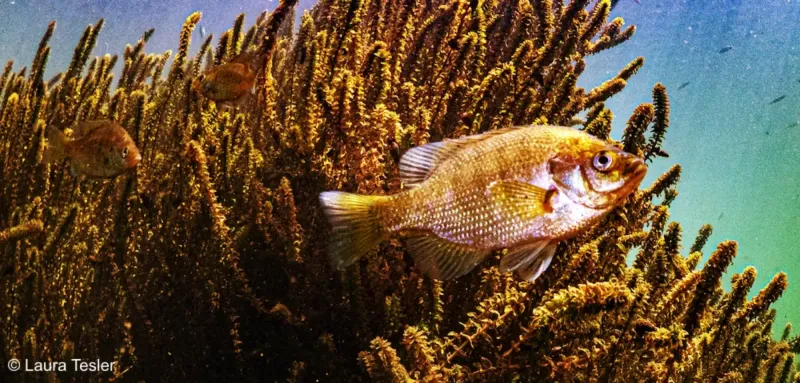
Humble bluegill sunfish have emerged as surprising heroes against invasive carp by feasting on their eggs. Studies show that dense bluegill populations can consume enough Asian carp eggs to significantly impact their reproductive success.
These native sunfish thrive in the same shallow, vegetated areas where invasive carp spawn. Their small mouths are perfectly designed for picking eggs from vegetation, a specialized feeding niche that turns them into efficient biological controls without requiring any human intervention.
13. Channel Catfish: Whiskered Warrior Of American Rivers
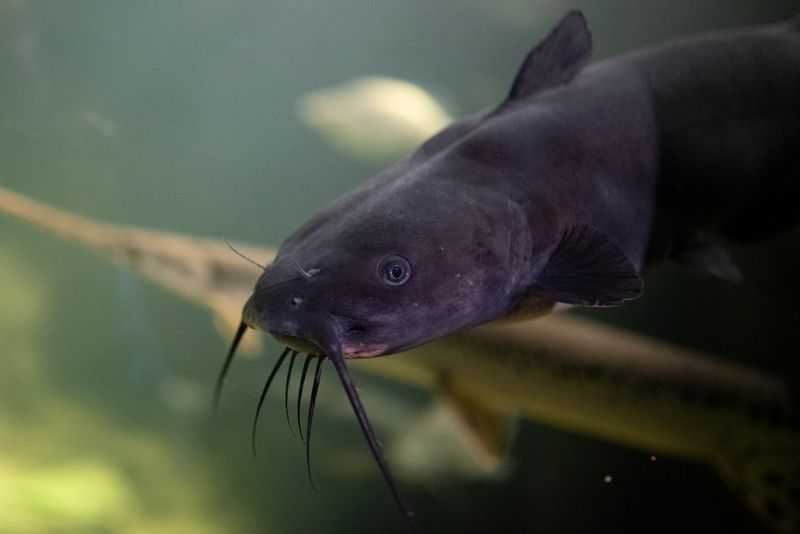
Channel catfish use their remarkable sensory whiskers to hunt effectively even in murky waters where visibility is near zero. This gives them advantages over many invasive species that rely primarily on sight to feed.
These adaptable natives consume zebra mussels, an invasive species that few other fish can utilize as food. Their omnivorous diet and ability to detect food using taste cells across their entire bodies allow channel catfish to exploit food resources that remain unavailable to many invasive competitors.
14. Mosquitofish: Tiny Terrors Against Invasive Minnows
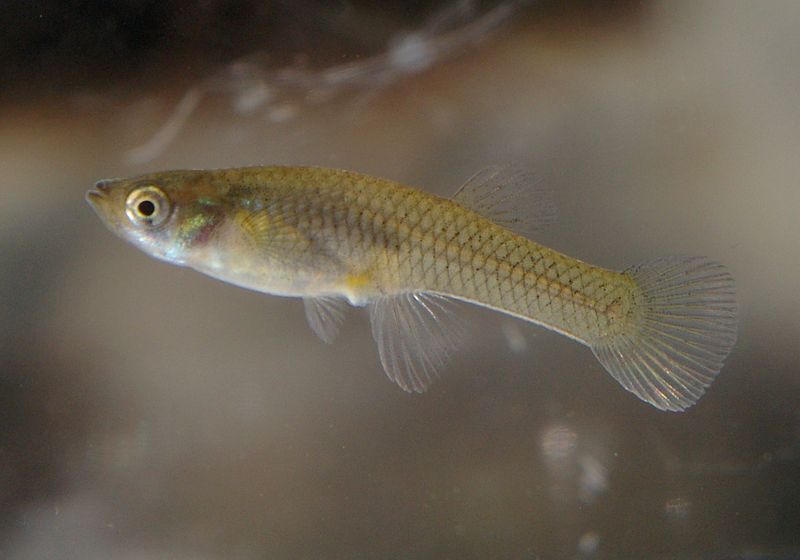
Mosquitofish may be small, but they’re mighty defenders against certain invasive species. Originally valued for mosquito control, these native livebearers have proven equally effective at outcompeting similar-sized invasive fish through sheer reproductive power.
Female mosquitofish can produce multiple broods without remating, giving birth to live young rather than laying eggs. This reproductive strategy allows them to rapidly establish populations in new areas, often outpacing invasive minnows that must spawn seasonally.
15. Walleye: Night-Vision Specialist Of Northern Lakes
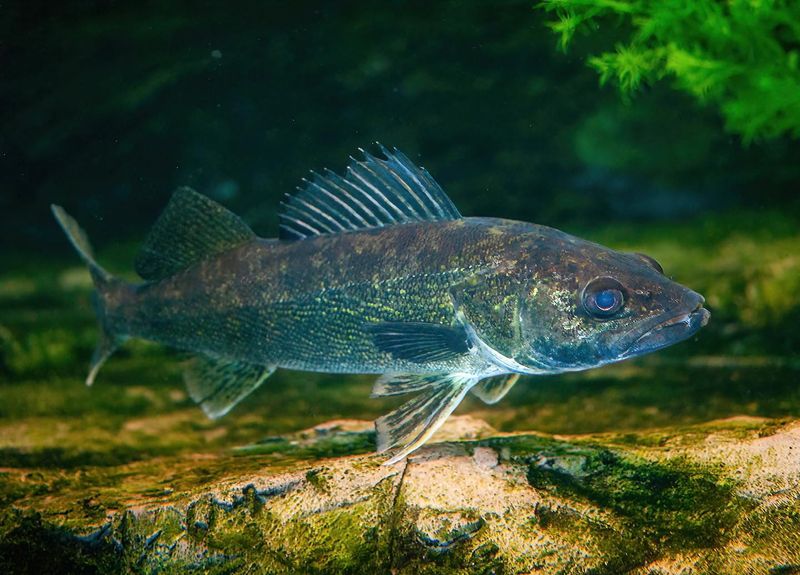
Walleye possess specialized eyes that give them superior vision in low light, allowing them to hunt when many invasive species are effectively blind. This nocturnal advantage turns twilight hours into prime hunting time for these native predators.
Conservation efforts focused on walleye have strengthened their populations in many northern lakes. Their preference for cooler water creates natural refuges from warm-water invasives, while their voracious appetite for smaller fish helps keep potential invasive populations in check before they can become established.
16. Largemouth Bass: America’s Adaptable Ambush Hunter
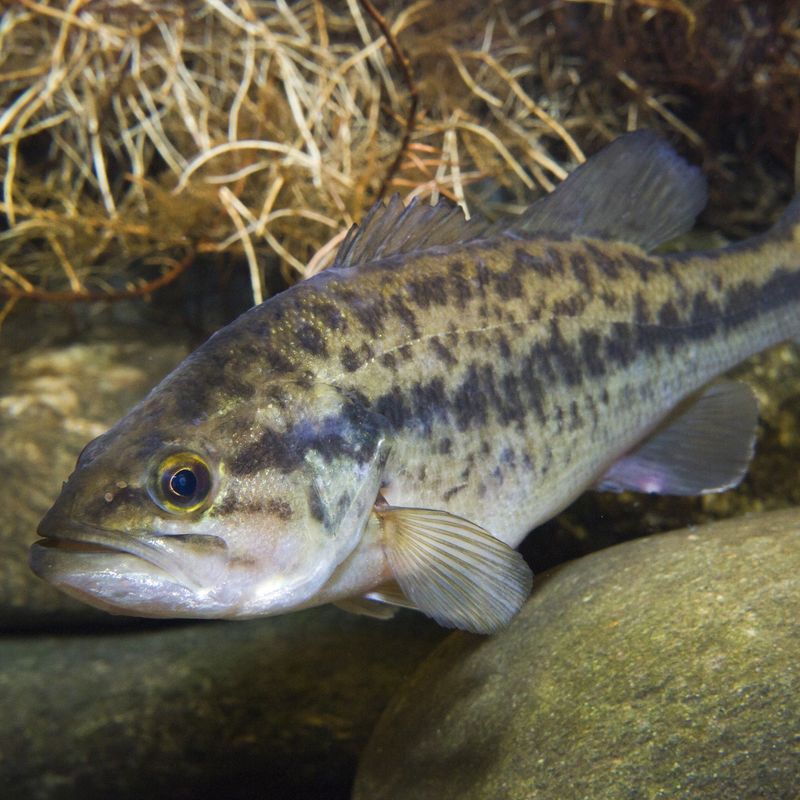
Largemouth bass have proven remarkably effective at incorporating invasive species into their diets, turning potential ecological disasters into food sources. Their opportunistic feeding strategy allows them to quickly adapt to new prey items, including invasive crayfish and fish.
Bass tournaments have inadvertently created armies of citizen scientists who help monitor invasive species while pursuing their favorite gamefish. The economic importance of bass fishing drives conservation efforts that benefit entire aquatic ecosystems, creating healthier environments where native species can thrive.

